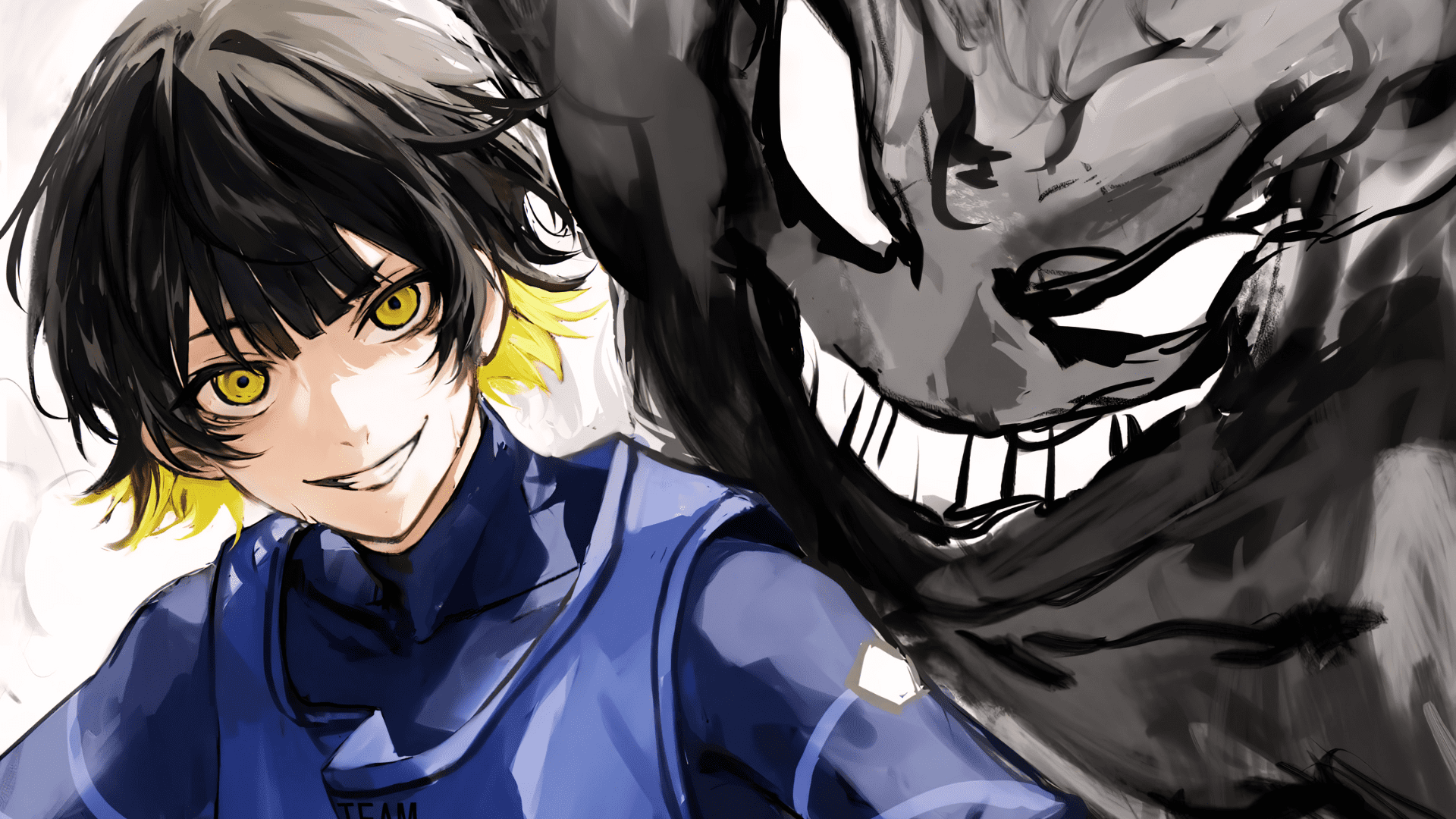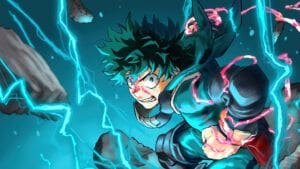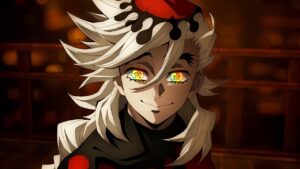Anime was from a place and time where things were pretty conservative and closed in. Representation came in the form of cheap gags or villainous hues, and nothing more. But as the medium has gone more global, it has definitely become much more inclusive and lenient when it comes to adapting different traits and cultural nuances. One of the most interesting things I’ve seen is how Shonen and Sports anime, both genres that were famously heteronormative, have changed over the years – especially in the case of Meguru Bachira from Blue Lock.
The most interesting character design in the highly anticipated anime, Blue Lock, happens to be Meguru Bachira, who is bubbly and eccentric, with a very ‘moe’ build. They were so cute that fans thought they were a girl at first but, no. Meguru is definitely a boy, albeit with a curious disposition. In a show that is highly competitive and focused on individuality, Meguru stands out both for his appearance and his general demeanor, which is a strange mix of endearing yet frightening at the same time.
However, Meguru isn’t the first character in anime to have their gender confused solely based on what they look like. Gender identity has always been complicated when it is portrayed in anime. Sometimes, they do it well, with the nuance and magnanimity of something this complex deserves. Other times, it’s flat-out ostentatious, borderline offensive. Genderless or queer characters have always existed in the manga.
I’m talking way, way back, even as far as the 1970s. Though again, it’s a very intricate thing to try and break down, there is a lot to be discussed here. Anime has come a long way from using queer identities as terrible jokes or fetish material to now making them central characters in a plot without bringing up their identity as a point of contention. They simply exist to tell a good story, and that’s what I want to talk about today. So, let’s dive right in.
Table of Contents
Bishounen and Traps: Gender Non-Conformity In Anime
I think my earliest memory of a character that dressed up pretty non-binary was back in the 90s with Sailor Uranus, or Haruka Tenou, one of the outer Sailor Senshi from Sailor Moon.
Haruka would actively dress up pretty male, liked to participate in races and fighting, and even duped Usagi Tsukino into believing she was a boy. Not once was she treated as a perverted predator or someone who was trying to ‘lure’ women. Haruka was happily married to fellow Senshi, Sailor Neptune. And it was an amazing thing to see, especially in anime that was as feminine-coded as Sailor Moon. But this wasn’t anything new, even back then.
Extremely beautiful characters, but generally male presenting, were the result of the Bishounen movement that started in the 70s and led to manga releases such as the Rose Of Versailles. The characters in it were undoubtedly male but drawn from a very feminine perspective which made them almost ethereal.
However, on the other end of the spectrum, we have characters like Haku from Naruto, who were frequently targeted as being ‘Traps’ aka men that look like gorgeous women to lure other men in. It’s an outdated term, one that dehumanizes more feminine-presenting men than anything. Because, as you saw in the anime, Haku was anything but frail.
Meguru Bachira: Why Generalization Just Doesn’t Work Anymore
Generalization of characters as being one thing, when they are the other, is something that has gone out of style. The age of the ‘girl boss’ or the ‘macho man’ is over. You can be whatever you want to be without your appearance playing any role in it.
Meguru Bachira happens to be a pretty unstable person, due to being alienated and bullied as a kid for his ‘queerness’. And so, they created a ‘Monster’ inside of them that he ‘unleashes’ when out on the football field. That’s what he searches for in his opponents when going up against them. It’s what motivates him to be better, to play the game without any inhibitions. Wanting to be free is Meguru’s goal.
And I’m not saying that it’s a metaphor for something, but it certainly can be taken as one for gender conformity as a whole. And, besides, I think we should all just stop generalizing characters by their appearance.
That’s how we got Griffith in Berserk, after all.
Prev Post
Next Post


















What do you think?
It is nice to know your opinion. Leave a comment.